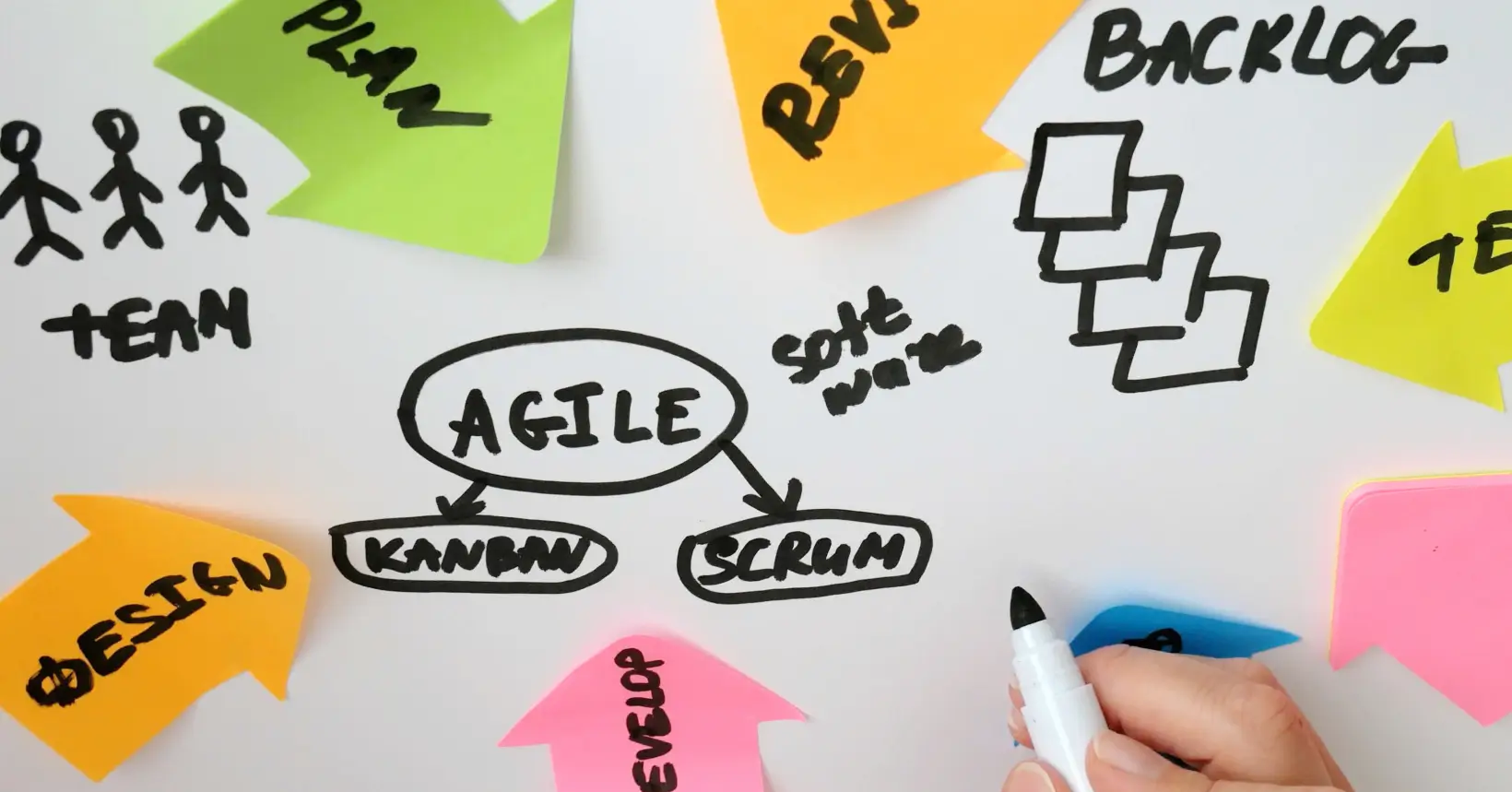
Why Agile Product Development Is Best for Modern Businesses
-
Jessica Harper
- Senior Content Strategist at Zeniark
- Published:
- 4 min. read
In today’s fast-moving digital world, businesses gotta stay quick on their feet to keep up with what customers want and what’s happening in the market. That’s why agile product development is the way to go for companies wanting to create software that’s both scalable and made right. Unlike the old school methods, Agile is all about being flexible, making steady progress, and working together to get the best results. Start with an MVP development to product iteration, this approach lets businesses keep tweaking their products and ahead of the game.
This article dives into the basics of agile development, its main perks, and how businesses can use agile development methodology to whip up successful digital products.
What’s Agile Product Development All About?
Agile product development is a way of building software that’s all about being adaptable, listening to customers, and making small improvements. It ditches the rigid plans and embraces learning as you go, making sure teams can change directions and fine-tune products throughout the software development lifecycle.
Key Principles of Agile:
- Iterative Development – Breaking down projects into manageable bites to deliver value step by step.
- Customer Collaboration – Getting user feedback at every stage of the process.
- Adaptive Planning – Changing project scope and features based on what’s happening in real-time.
- Cross-Functional Teams – Fostering teamwork between developers, designers, and business folks.
Why Agile is Perfect for Today’s Businesses
- Faster Time-to-Market
By focusing on small functional releases, businesses can roll out products quicker and make real-time changes based on feedback. This is super helpful for Minimum Viable Product development, where early insights from users shape the final version. - Better Product Quality
With non-stop testing and improvements, Agile cuts down on software bugs and boosts product reliability. Developers can fix problems right away, providing a seamless experience for users. - Cost-Effective
Agile helps save money by letting teams spot and fix issues early on. By prioritizing key features, it makes sure resources go into the most important changes. - More Flexibility
Unlike the traditional waterfall methods, Agile allows businesses to change their approach as needs change, keeping the final product relevant and competitive. - User-Centric Focus
Frequent updates based on real user feedback create products that truly meet what customers want, making them more likely to adopt and enjoy the products.
Key Agile Practices for Scaling Up Development
- MVP Development: Start Small, Scale Up Smart
MVP Development is about launching a simple version of a product with just the core features. This way, businesses can: - Test ideas before diving deeper.
- Lower investment risks.
- Collect vital user feedback for future tweaks.
- Rapid Prototyping: From Idea to Reality
Rapid prototyping speeds up design by creating quick models of software solutions. It helps businesses: - Find usability problems early.
- Boost communication among stakeholders.
- Match business goals better with technical work.
- Product Iteration: Keep Improving
In Agile, product iteration makes sure the software evolves based on real use. Regular updates let businesses: - Adapt to changing market demands.
- Enhance performance and security.
- Keep users engaged with new features.
Implementing Agile in Your Business
Step 1: Set Project Goals and Scope
Kick off by deciding what you want to achieve, key performance indicators, and what you expect as outcomes. Agile works best with clear yet flexible goals.
Step 2: Pick the Right Agile Framework
Some popular Agile methods include:
- Scrum – Great for structured sprints and teamwork.
- Kanban – Focuses on steady delivery with a visual task board.
- Lean – Aims for efficiency and cutting waste.
Step 3: Create a Collaborative Team
Agile teams should include developers, designers, product managers, and business analysts. Good communication and teamwork are key.
Step 4: Keep Feedback and Improvement Going
Regular loops for user feedback shape the product. Agile’s nature allows for ongoing tweaks based on data insights.
To wrap it up, Agile Product Development is changing the way software is built, giving businesses a flexible, efficient, and scalable method for digital innovation. Whether it’s through MVP development, product iteration, or rapid prototyping, Agile helps companies thrive in a fast-changing landscape.
If you’re keen to tap into Agile for smoother development, Zeniark can help with expert advice and customized solutions. Ready to change up your development game? Reach out today and let’s explore the path to Agile success together.



